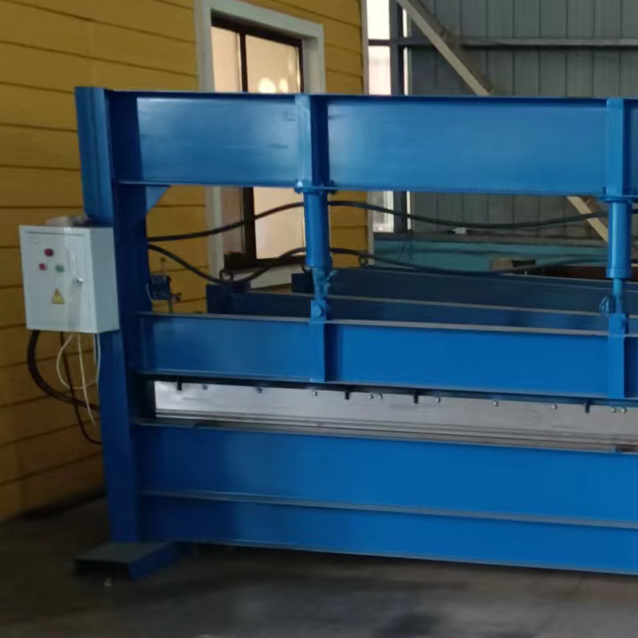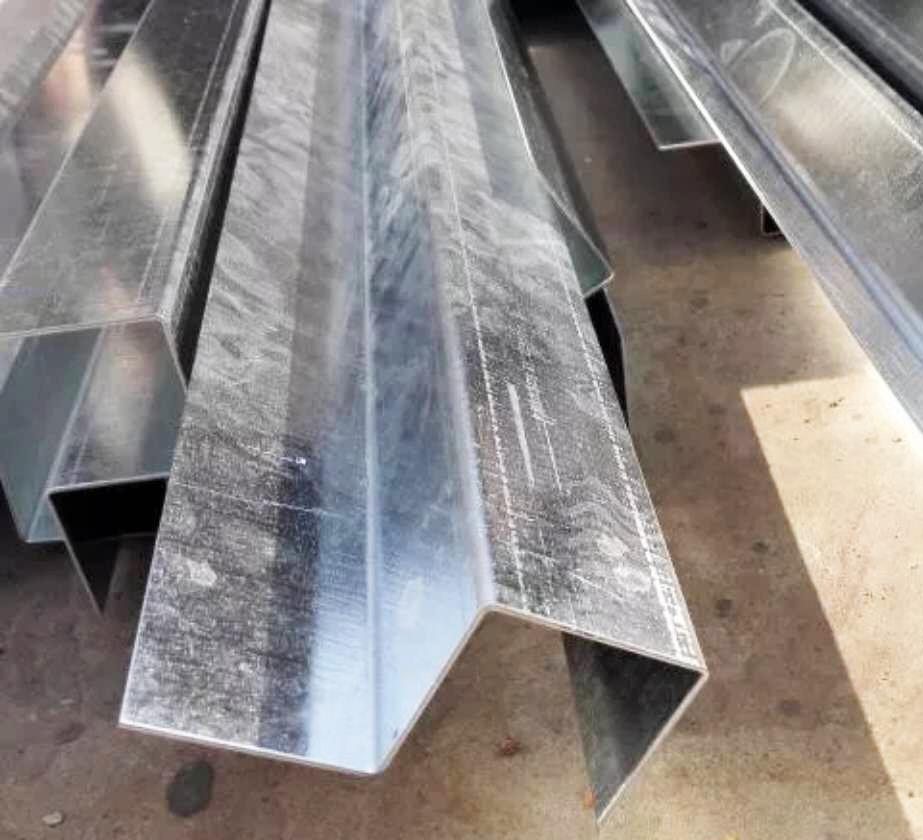CNC vs. Manual Bending Machines: Key Differences and Benefits
What is a bending machine?
A bending machine is a device used for processing metal sheets, mainly used to bend metal sheets into the desired shape at a certain angle. It has a wide range of applications in the metal processing industry, such as manufacturing mechanical parts, building hardware, furniture manufacturing, and other fields.

Characteristics of bending machine
1. High Precision
- Description: Especially for CNC bending machines, precision is a primary feature. They are equipped with advanced computer control systems that enable accurate positioning and bending angle control.
- Benefit: This level of accuracy ensures consistent product quality, even with complex shapes and angles, which is essential in industries such as automotive, aerospace, and mechanical manufacturing.
2. Efficiency
- Description: Modern bending machines are highly automated, allowing for quick setup, parameter adjustments, and mold changes.
- Benefit: This automation improves production speed, reduces downtime, and increases overall productivity, making them ideal for large-scale operations.
3. Multifunctionality
- Description: Bending machines can handle a variety of shapes, sizes, and materials. They are capable of processing metal sheets with different thicknesses and hardness levels, including steel, aluminum, and copper.
- Benefit: This adaptability allows manufacturers to use one machine for a wide range of products, enhancing flexibility in production.
4. Ease of Operation
- Description: CNC bending machines feature user-friendly interfaces, typically with touchscreen controls, where operators can input relevant data such as bending angle and depth.
- Benefit: This reduces the complexity of manual operation, minimizes human error, and allows less-experienced workers to operate the machine efficiently.

The workflow of the bending machine
Bending machines play a crucial role in shaping and forming metal sheets into desired shapes and angles. The workflow of using a bending machine is a structured process that ensures accuracy, efficiency, and safety. Below is a step-by-step guide to the typical workflow of a bending machine:
1. Preparation
- Mold Selection: Choose the appropriate upper and lower mold based on the thickness of the sheet metal and the desired bending angle or shape.
- Machine Setup: Adjust the position of the machine tool and ensure that the mold is correctly and securely installed.
- Material Check: Inspect the sheet metal to ensure it is suitable for the bending process (e.g., free of defects, the right thickness, etc.).
2. Setting Parameters
- CNC Bending Machines:
- Input relevant bending parameters such as bending angle, depth, and stroke length using the machine’s control panel.
- Parameters like material type, thickness, and the desired shape are programmed into the CNC system.
- Manual Bending Machines:
- Manually adjust parameters such as the back gauge, bending force, and stroke length to suit the material and the desired bend.
3. Loading the Metal Sheet
- Sheet Placement: Place the metal sheet on the lower mold of the machine, ensuring that it is properly aligned with the mold’s edge.
- Positioning: The sheet must be centered and parallel to ensure consistent and accurate bending across the length of the material.
4. Start the Bending Process
- CNC Bending Machines:
- Activate the machine by pressing the start button. The upper mold, driven by hydraulic or servo motors, moves downward.
- The CNC system precisely controls the force, speed, and depth as the sheet is bent to the programmed angle.
- Manual Bending Machines:
- The operator manually controls the bending process by lowering the upper mold onto the sheet until it reaches the desired angle or shape.
5. Checking the Bent Product
- Initial Inspection: After the bending process, remove the metal sheet from the machine and inspect it for accuracy. Check key parameters such as:
- Bending Angle: Ensure the angle is within the expected tolerance.
- Dimensions: Measure the length, width, and height of the bend.
- Surface Quality: Look for any surface defects like scratches or wrinkles.
- Adjustments: If the product does not meet specifications, adjust the parameters and perform the bending process again.

Application of bending machine
Bending machines are essential tools in various industries due to their ability to shape and form metal sheets into specific angles and profiles. Here are some key applications of bending machines across different sectors:
- Mechanical manufacturing industry: Bending machines are used to manufacture components in various mechanical equipment, such as chassis, racks, pipe fittings, etc.
- Automotive industry: In the process of automobile manufacturing, many body parts, chassis components, and interior parts need to be formed through bending technology.
- Building hardware industry: used to make metal components for building such as door and window frames, railings, and stair handrails.